Effortless convergence in CFD. It will make your day!
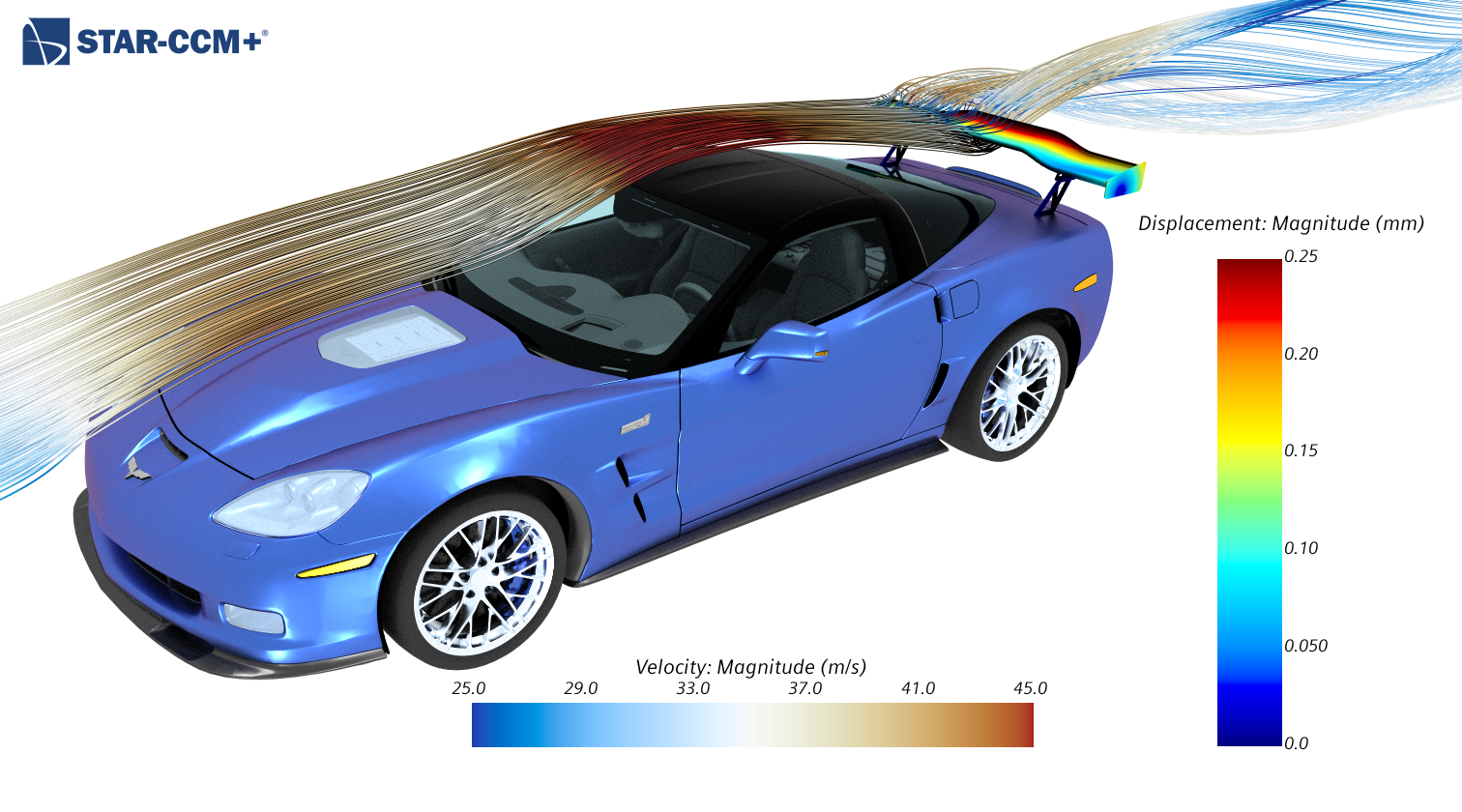
We all set targets that we strive to achieve. As we do that, we spend time looking at graphs showing us how well we are doing. I, for example, have been a compulsive yo-yo dieter for most of my adult life. Having had two kids and being over forty it’s something you do! But be it your weight, your body mass index or even your financial goals we all look at lines that go up or down. These lines that can make or break your every day.
Last summer, I got to a breaking point. My graph was giving me no pleasure. I had to buy a pair of jeans a size up and I was not pleased with myself at all. A solution needed to be found. The convergence to the goal needed to be restored! I researched different diets and techniques and decided to change my mindset. I even read a book about it. It was a cognitive behavioral therapy book about making yourself think as a thin person. A switch clicked and things changed for me. By changing some simple habits, my scale readings started converging again to the desired minimum. My graph now gives me satisfaction (almost) every single morning. Because convergence to my target seems effortless.
Looking at this from a different perspective, CFD solutions are also monitored with similar graphs. Monitoring the residuals of your solutions is standard practice and most frustrating when they go the wrong way. If gone the wrong way, most of the time, it means that you need to go back, rethink your setup and try again. There can be a lot of time and effort wasted in order to ensure the necessary asymptotic convergence to get you to the solution that helps you achieve your engineering goals.
With the new Automatic CFL control for the coupled solver, released in Simcenter STAR-CCM+ 2020.1, we eliminate this burden. Like a change of mindset, this most exciting new feature makes the couple solver convergence effortless!
The new automatic control enables running the coupled solver straight out-of-the-box, dramatically improving ease-of-use and increasing overall robustness. With reduced user settings, there is no need to play around with the inputs to answer questions like: “What is the right CFL number? How many iterations should I use to ramp it up? Or what is the right Explicit Under Relaxation factor (EUR)? The only decision you need to make is how much you want to push performance versus robustness and the coupled solver will work on the right CFL and EUR values on its own. With this new automation, you can simply load a case, hit a button and you will find you will outperform your previous best set up in terms of convergence. Since the mechanics of the coupled solver were not modified apart from the solution drivers you can still achieve identical results as previously. The new layout is concise and comprehensive with the new option Automatic CFL Control Method being driven by an intelligent algorithm, while the EUR can be constant or driven by line search.

The new layout
Example cases from the industry
To prove our point and enjoy the new behaviour we tested the new coupled solver in a multitude of industrial applications.
The usual suspects
The coupled solver in Simcenter STAR-CCM+ is a very powerful solver that can run complicated cases on a range of Reynolds numbers achieving convergence much deeper than the segregated solver. This fact combined with robustness for case with high numbers of cells and good scalability makes it an ideal candidate for vehicle external aerodynamics applications. The coupled solver has been the best practices for several years now for VEA cases and the best practices have been established through intensive testing.
The Automatic CFL control, with minimal change from the defaults (see table below) achieved much higher values of CFL compared to the fine tune best practices. Thus we achieved more than 2x speedup from the baseline converging to the same drag coefficient.
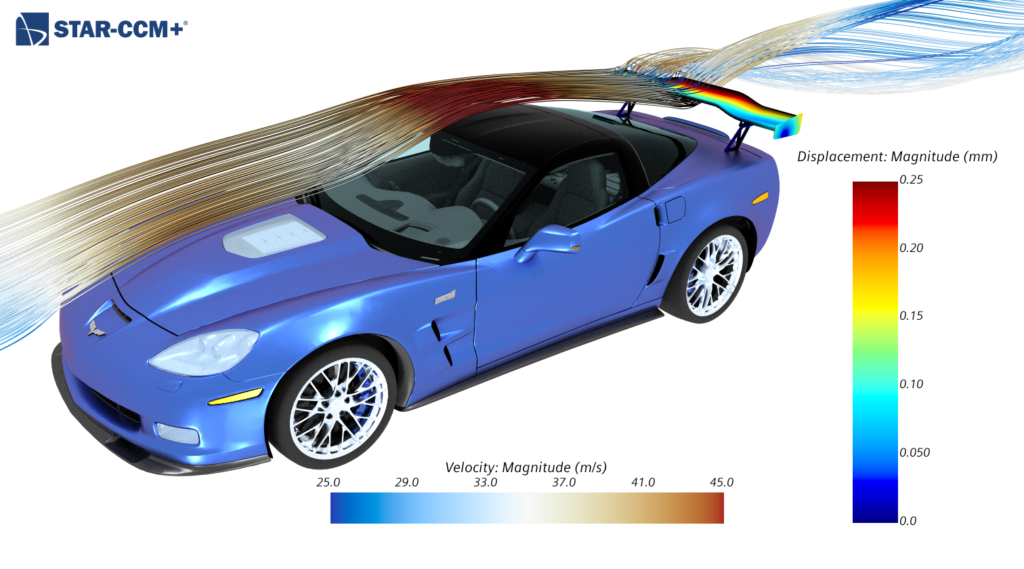
| Converged at ~iter | Elapsed Time [s] | Speedup (x) | |
| Baseline | 1261 | 6133 | 1x |
| AutoCFL (AMG 6, EUR 0.45) | 385 | 2574 | 2.4x |
Another application where the Coupled Solver is the suitable choice is turbomachinery. Simcenter STAR-CCM+ has always been very strong in turbomachinery conjugate heat transfer cases like the blade, seen in the image, from B&B-AGEMA. Typically, a lot of tweaking was required to achieve a converged solution. When tested with the new Automatic CFL control with the default settings and no expert input it converged effortlessly, saving engineering time, whilst even achieving a small speedup.
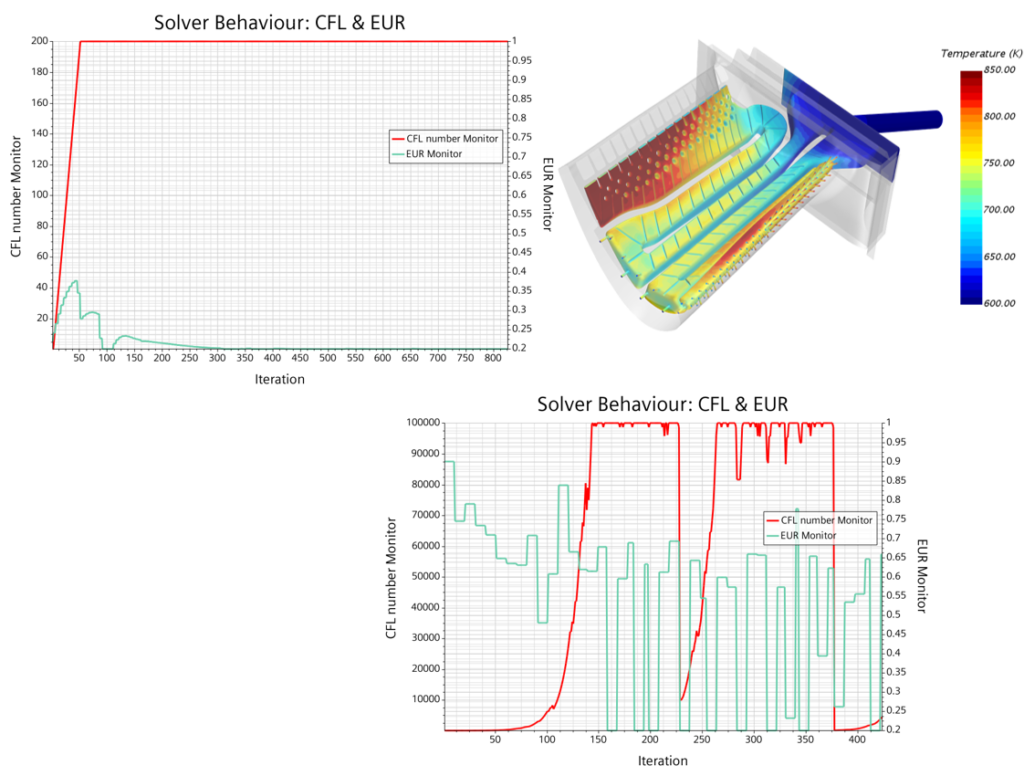
| Elapsed Time [min] | Speedup (x) | |
| Baseline | 48.8 | 1x |
| AutoCFL (AMG 4, EUR LS) | 44.7 | 1.1x |
For aero performance, repeatability of the solution was an issue and we needed to use trial and error for each operating point or small geometry modifications. Again, in this case with the Automatic CFL control we achieved faster and effortless convergence (see the convergence of the demonstrated case).
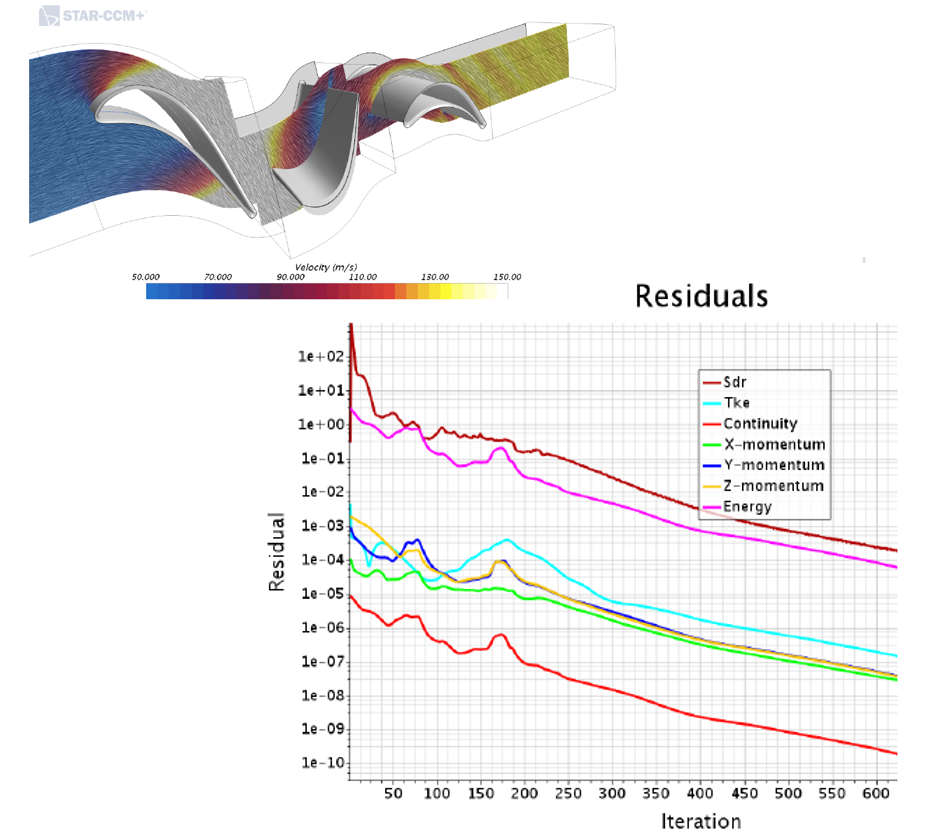
Aerospace cases are also typically simulated with the coupled solver. Best practices were hard to establish over time and quite a lot of tweaking was required to ensure robustness and efficiency. Comparing between is between the old solution driver (ED) run with best practices and the new Automatic CFL and URF with defaults gave similar results but the case was well behaved so increasing the EUR to 0.4 gave some speedup.

| Elapsed Time [s] | Speedup (x) | |
| Baseline | 2749 | 1x |
| AutoCFL (AMG 4, EUR 0.3) | 2854 | 0.96x |
| AutoCFL (AMG 4, EUR 0.4) | 2564 | 1.1x |
The new challenges
After we established that the new Automatic CFL control works effortlessly on our staple applications, naturally we wanted to test it in new areas where the coupled solver was not preferred previously due to lack of robustness.
In natural convection cases the solver starts easy but struggles towards convergence so a traditional ramp (like Expert Driver) is not the best option. The Automatic CFL control is ideal for this type of cases. Comparison between best practices with Expert Driver and default settings of Automatic CFL control and line search for EUR show speedup of 1.3x.
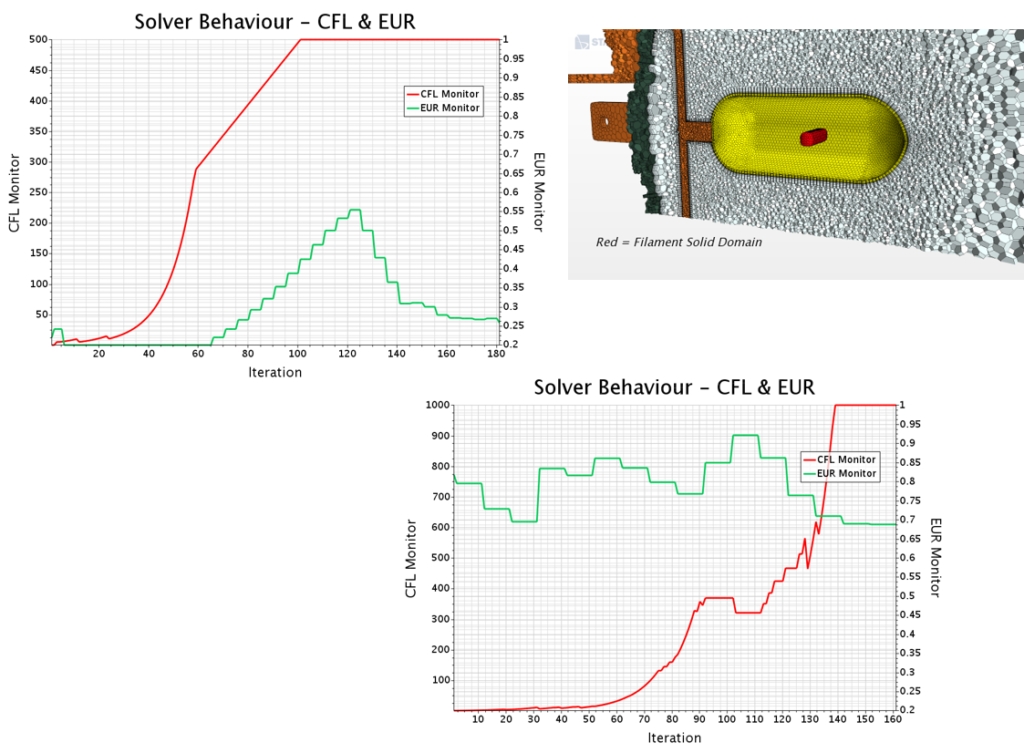
| Elapsed Time [s] | Speedup (x) | |
| Baseline | 316 | 1x |
| AutoCFL (AMG 4, EUR LS) | 243 | 1.3x |
Marine cases usually don’t use Coupled Solver because the coupled solver is not compatible with VoF. In this particular case it is possible as the submarine is completely submerged. The attraction of running adjoint brought the need for the coupled solver and with the new Automatic CFL it is a piece of cake (which I obviously didn’t eat) to get better behavior that before with the default settings!
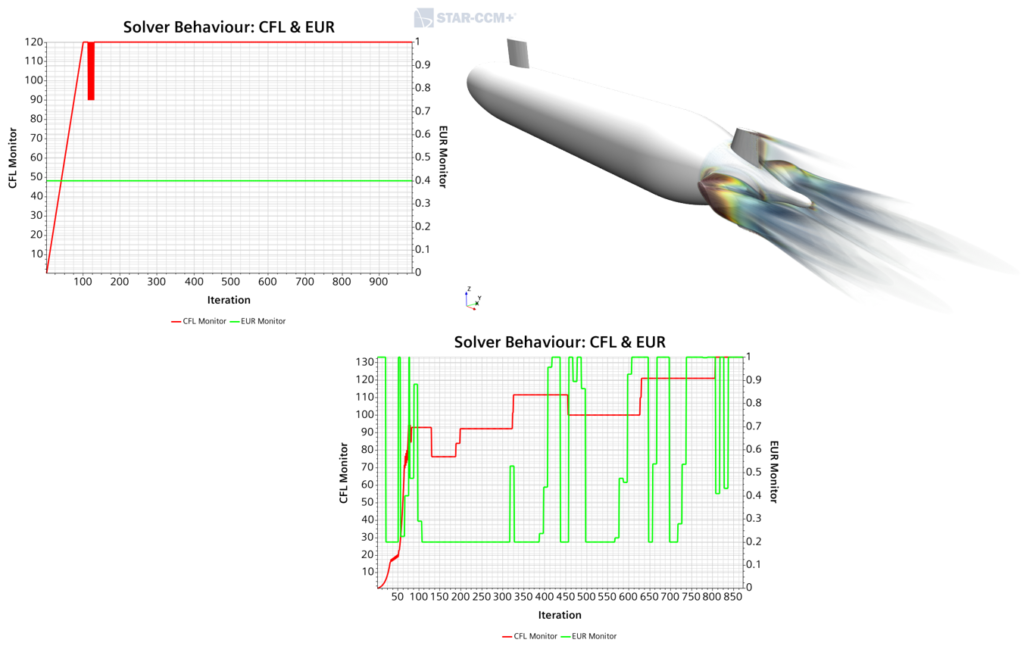
| Elapsed Time [s] | Speedup (x) | |
| Baseline | 70.5 | 1x |
| AutoCFL (AMG 4, EUR LS) | 63.8 | 1.1x |
The new Automatic CFL control has made the coupled solver accessible and easy to use for a variety of industrial applications. Ensuring robustness and similar of better performance.
If you are still undecided check what our customers that tried it have to say:
“The recent developments in Simcenter STAR CCM+ will seriously challenge the design time for our passive cooler product portfolio. The new parallel polyhedral mesher is 7x faster and the improvements to the coupled solver reduce the solve time by 4x, these performance gains mean we can analyze a greater number of designs and operating points. The passive cooler is a core building block in realizing subsea stations harboring compression systems and power transformers for floating wind generation. This technology enables the Aker Solutions 20-25-30 vision where low carbon solutions enabled by floating wind and subsea compression will outpace carbon rich energy sources such as coal.”
– Henrik Alfredsson, Managing Director, Aker Solutions Sweden AB
So, feel confident in running your simulations with the new coupled solver. Straight out-of-the-box convergence will surely make your day! And me, I left all my cases running on the cluster, certain they will converge, and I am off shopping for a pair of smaller jeans!
Comments
Comments are closed.

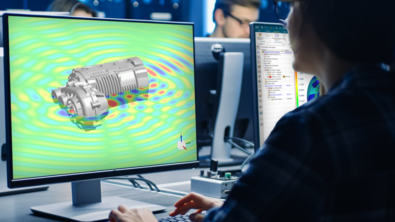

Well Done